The Top 10 Cold-Weather Dog Breeds
Living in a chilly region doesn’t mean you have to skip out on dog ownership. Some breeds are built for frosty weather, with thick coats, sturdy builds, and a love for snow. These cold-weather champions thrive in winter conditions, making them perfect companions for snowy adventures or cozy nights by the fire. Here’s a rundown of the top 10 dog breeds that excel in cold climates, packed with insights to help you choose your next furry friend.
What Makes a Dog Breed Cold-Weather Ready?
Certain breeds are naturally equipped for icy environments. Their double coats provide insulation, their paws often have fur to repel snow, and their compact ears reduce frostbite risk. Many are athletic, with sizes ranging from petite to massive, and personalities that vary from gentle to spirited. Whether you’re hiking through snow or cuddling up indoors, these breeds are up for the challenge.
The Top 10 Cold-Weather Dog Breeds
1. Siberian Husky
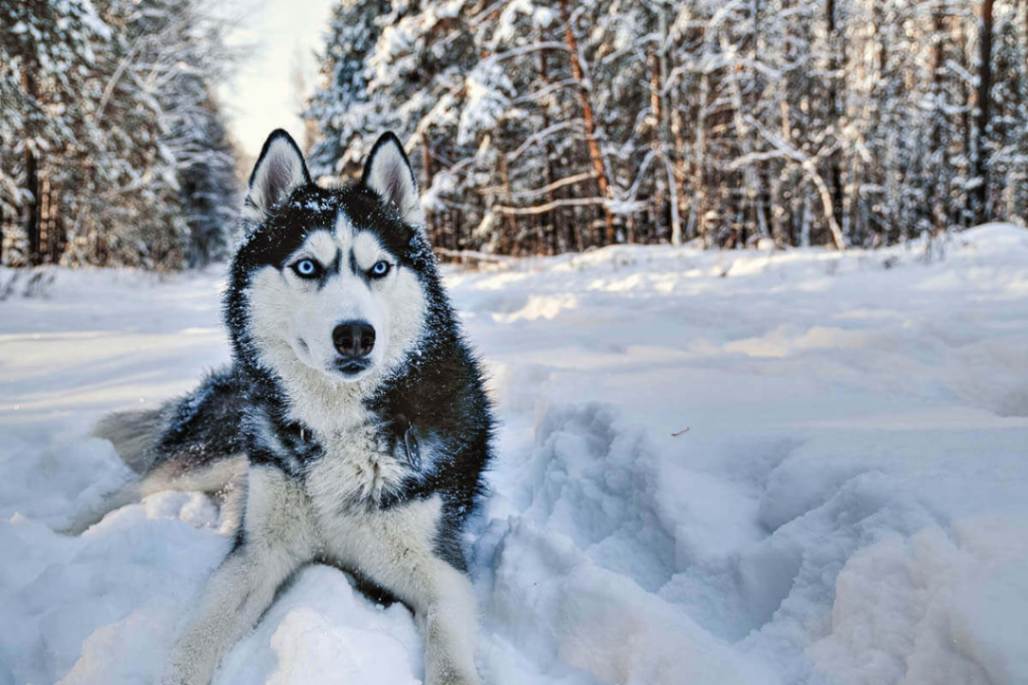
Bred for sledding in the icy expanses of northeastern Asia, the Siberian Husky is the ultimate snow dog. Their thick, plush coats and boundless energy make them ideal for cold climates. Huskies are friendly, loyal, and love joining you for winter hikes or snowball fights. Just keep them active—they’re high-energy and thrive on outdoor fun.
Best for: Active families and outdoor enthusiasts.
Needs: Daily exercise, social interaction.
2. Bernese Mountain Dog

Don’t let their size fool you—these gentle giants are calm and kid-friendly. Their long, dense coats make them snow lovers, perfect for sledding or snowshoeing. Bernese Mountain Dogs form a strong bond with one person but spread love to the whole family, making them great for snowy group adventures.
Best For: Families with kids, rural homes.
Needs: Moderate exercise, grooming.
3. Alaskan Malamute
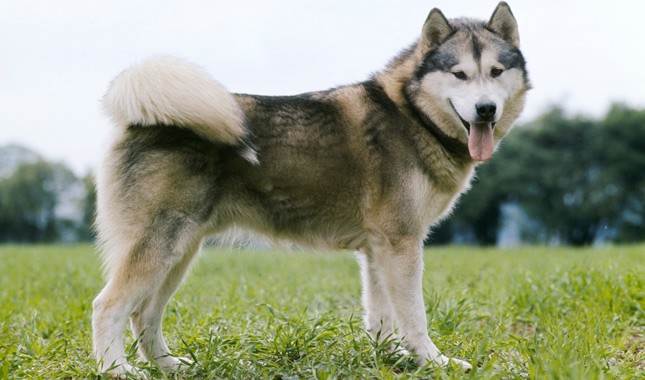
With wolf-like looks and a robust build, the Alaskan Malamute is a powerhouse bred for Arctic freighting. Their coarse, thick coats keep them cozy in sub-zero temps, and their playful, kid-friendly nature makes them lifelong pals. Early training is key to establishing you as the pack leader.
Best for: Active owners in cold rural areas.
Needs: Rigorous exercise, early training.
4. Shiba Inus
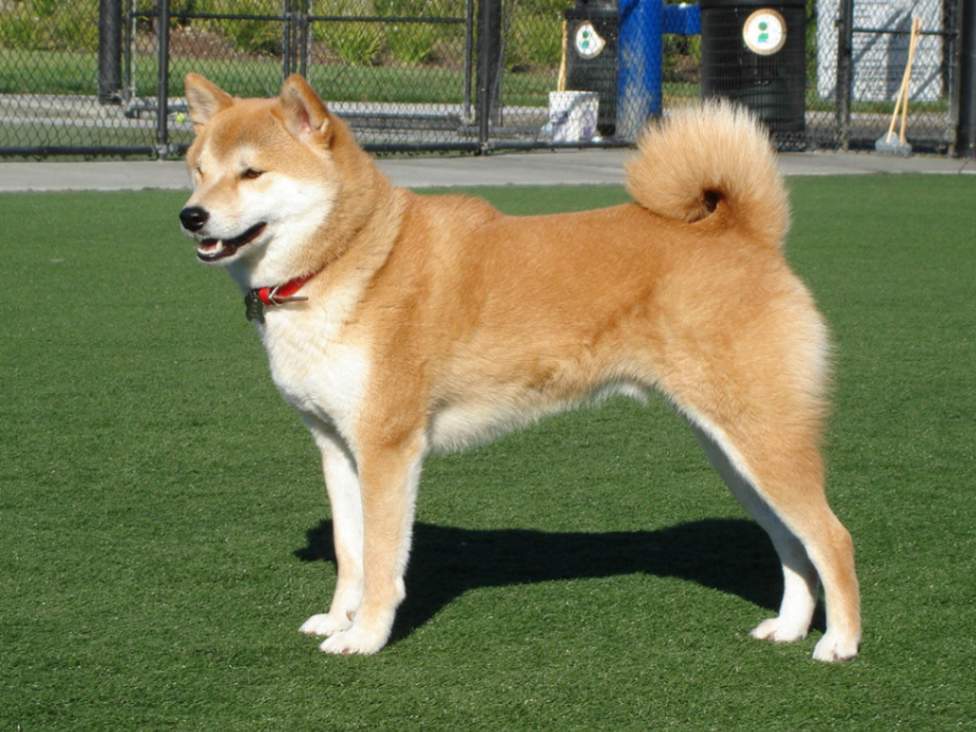
This compact Japanese breed, dating back to 300 B.C., is a nimble hunter with a fox-like appearance. Their dense coats keep them warm in cold weather, and their agility suits them well in snowy parks. Shiba Inus are ideal for apartments near green spaces, but they require regular exercise due to their high energy demands.
Best for: Urban dwellers with access to parks.
Needs: Daily exercise, mental stimulation.
5. American Eskimo Dog

Descended from Nordic Spitz dogs brought by German immigrants, the American Eskimo (or Eskie) boasts a fluffy, white coat that is perfect for snow. These petite, social dogs are eager to please, making them great family pets for cold climates. Their bright demeanor shines in winter playtime.
Best For: Families, smaller homes.
Needs: Moderate exercise, grooming.
6. Newfoundland
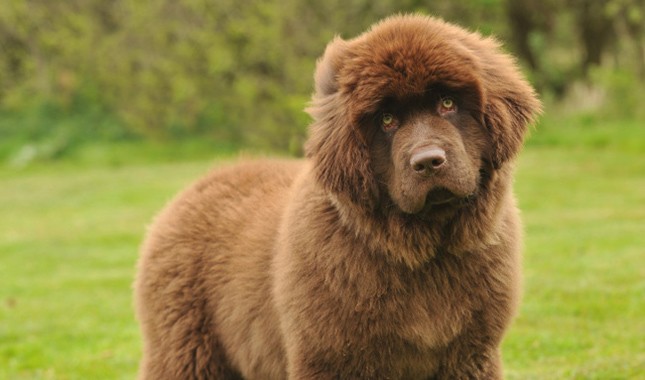
One of the largest breeds, Newfoundlands have massive coats that laugh off snow. Known for heroic rescues (like Lewis and Clark’s companion, Seaman), these gentle giants are natural explorers. They’re ideal for hiking or camping in cold weather and blend well with families or solo adventurers.
Best For: Outdoor lovers, large homes.
Needs: Space, moderate exercise.
7. Norwegian Elkhound

Hailing from the Viking era, this medium-sized hound is a cold-weather pro. Their thick, gorgeous coats shed heavily (stock up on brushes!), but their intelligence and loyalty make them top-notch hunting or guard dogs. Norwegian Elkhounds thrive in snowy environments and love protecting their pack.
Best For: Hunters, active families.
Needs: Exercise, heavy grooming.
8. Samoyed

With a fluffy white coat that blends into the tundra, the Samoyed was bred in Siberia for sledding, hunting, and herding. Their unique “smiling” mouth prevents icicle-forming drool, and their cheerful energy makes them great for snowy missions or cozy cuddles.
Best For: Social households, cold climates.
Needs: Daily exercise, grooming.
9. Great Pyrenees

These polar bear-like dogs were bred to guard livestock in the snowy Pyrenees mountains. Their white double coats keep them warm and camouflaged, while their calm yet protective nature suits families. Great Pyrenees love snow and make loyal, gentle pets.
Best for: Rural homes and families.
Needs: Space, moderate exercise.
10. Saint Bernard
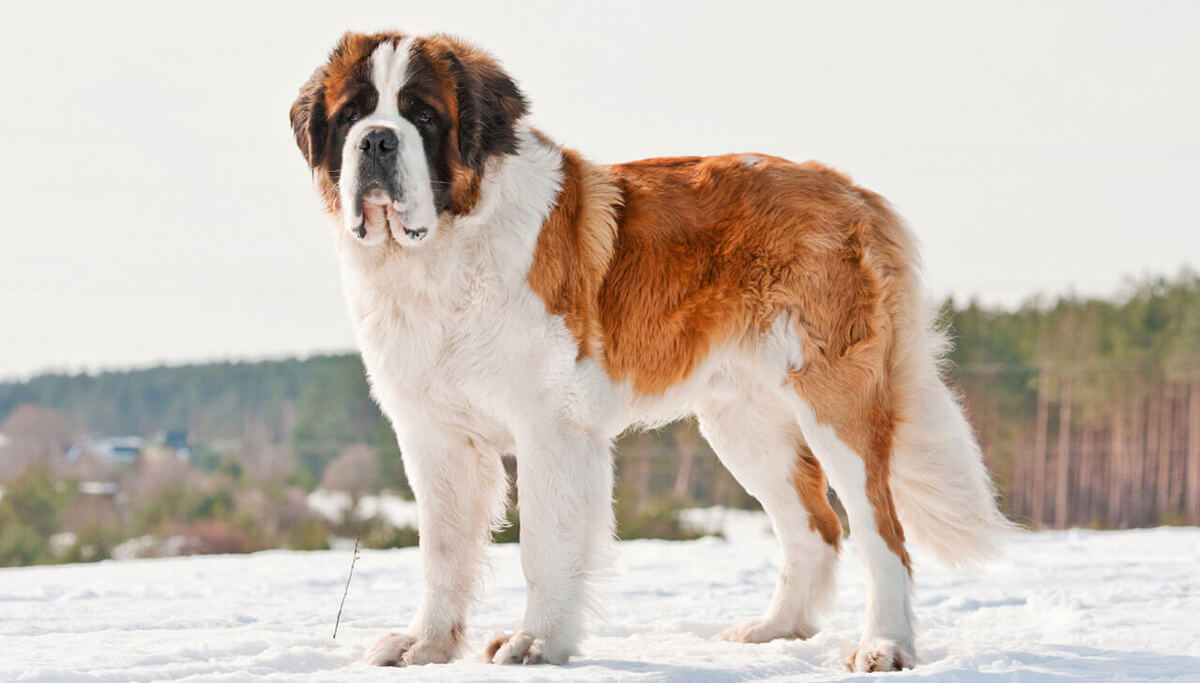
Famous for alpine rescues, Saint Bernards are massive, bear-like dogs bred by monks to save pilgrims in the snowy St. Bernard Pass. Their thick coats and heroic instincts make them cold-weather stars. They’re gentle, family-friendly, and thrive in snowy adventures.
Best For: Large homes, rescue enthusiasts.
Needs: Space, grooming.
Tips for Owning a Cold-Weather Breed
-
Grooming: Double coats shed heavily, especially in spring. Brush weekly and invest in a good vacuum.
-
Exercise: Most of these breeds need daily activity, from walks to snow hikes, to stay happy.
-
Training: Early socialization and training prevent stubbornness, especially in independent breeds like Huskies or Shiba Inus.
-
Health: Monitor paws for ice buildup and use booties if needed. Regular vet check-ups catch cold-related issues early.
Common Questions About Cold-Weather Dog Breeds
Which breed is best for small homes?
Shiba Inus and American Eskimo Dogs adapt well to apartment living if they are exercised regularly.
Do these breeds also thrive in warm climates?
Some, like Huskies or Malamutes, struggle in heat due to thick coats. Ensure shade, water, and cooling mats are available in the summer.
Are these breeds good with kids?
Most, like Bernese Mountain Dogs and Newfoundlands, are gentle with kids, but always supervise and train early.
How much grooming is needed?
Expect to brush your dog weekly, especially those with thick coats, such as Samoyeds and Norwegian Elkhounds, to help manage shedding.
Can these dogs live indoors?
Yes, but they need outdoor time in cold weather to thrive. A snow-filled yard or park is their playground.
Why These Breeds Shine in Winter
From the sled-pulling Siberian Husky to the rescue-ready Saint Bernard, these breeds are built for cold climates. Their thick coats, sturdy paws, and love for snow make them perfect for wintery regions. Whether you’re in a snowy rural area or an urban spot with a nearby park, there’s a cold-weather breed to match your lifestyle. Pick one that fits your energy level and home setup, and you’ll have a loyal companion for every frosty adventure.







